Tag Archives Cattle Connect — page 8
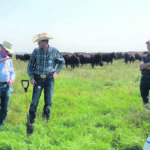
Rancher believes in working with nature
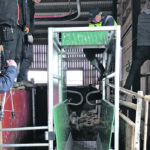
Automatic weigh station open 24-7
Manufacturer says allowing animals to weigh themselves reduces their stress as well as farmers’ workloads and injury risk
Like the milking robot that revolutionized the dairy industry, a Swedish company is betting its new autonomous weigh scale will transform the beef sector. Hencol, based in Grebbestad, Sweden, is targeting the global beef market with its unmanned weigh scale that provides continuous data. “The dairy business is far ahead of the beef business due […] Read more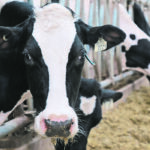
Bolus provides early health warning for dairy
Monitoring system can provide early detection of conditions such as pneumonia and mastitis via text and email alerts
A monitoring system that places sensor devices permanently inside cows aims to protect the profitability of dairy operations by allowing farmers to remotely track the health of their herds. Cattle Scan can help provide early detection of conditions ranging from pneumonia and mastitis to retained placentas and displaced abdomens. Farmers receive warnings via text or […] Read more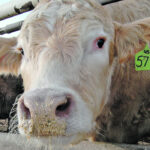
Probiotics studied for feedlot cattle rations

CCA prepares to push environmental plan

Test forage to protect cow health
Producers advised to ask for a wet chemistry test on forage samples rather than near infrared reflectance spectroscopy
Low snowfall and relatively dry winter conditions are raising concerns about spring pasture conditions. Ensuring proper nutrition for cows after calving could be more of a challenge than usual. Livestock nutritionist Barry Yaremcio of Yaremcio Ag Consulting said there is a good quantity of hay available in most areas to get producers through to spring […] Read more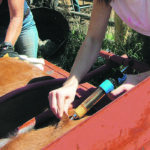
Timing an important part of calf vaccination
Vaccinating too early, when calves still have maternal antibodies, may interfere with building their own immunities
Newborn calves gain temporary immunity against disease when they ingest colostrum because this first milk contains maternal antibodies. After a few weeks or months this temporary protection begins to wane, and calves must build their own immunities. Vaccinating calves at the proper time can help protect them until weaning age. Vaccinating them too soon, however, […] Read more
Consistent feed crucial in dry cows
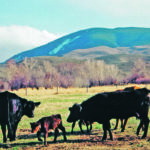
Retained placentas can cause other problems
Most cows do not need to be treated with antibiotics because they may interfere with the natural shedding process
Most cows shed the placental membranes within two to eight hours of calving. If it takes longer than that, infection could result. Dr. Carling Matejka, a veterinarian at Fen Vet in Airdrie, Alta., says that if a cow takes longer than 24 hours to shed the placenta, it is considered retained. “This is most common […] Read more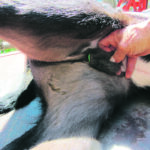
Castration debate: cutting versus banding
Many veterinarians prefer cutting if it can be done at an early age but say banding has its place in certain circumstances
Earlier is better when it comes to castration of male calves, and the method depends on its age and on producers’ preference and circumstance. Dr. Carling Matejka, a veterinarian at Fen Vet in Airdrie, Alta., says some people prefer to band rather than cut and it may depend on age of the calf. “Age is […] Read more




